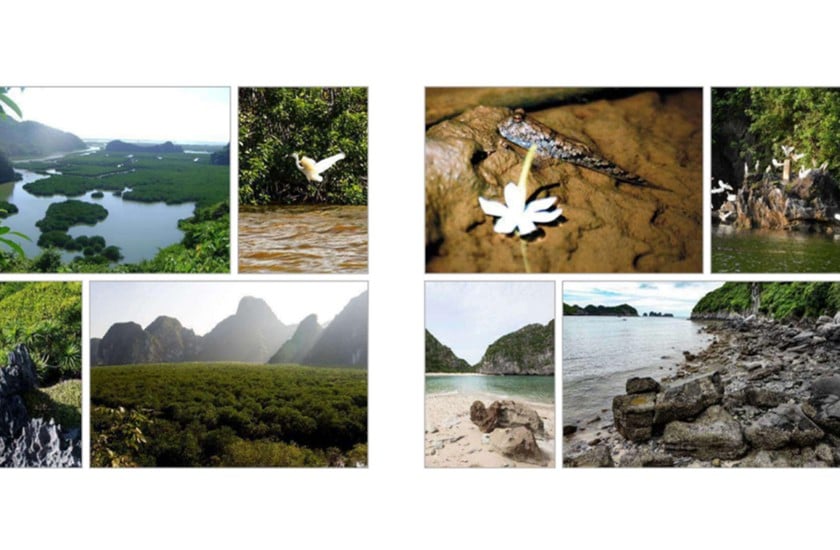 |
| Some ecosystems in Ha Long Bay - Cat Ba archipelago. |
(PLVN) - After 8 years, Vietnam has another heritage recognized by UNESCO as a World Natural Heritage: Ha Long Bay - Cat Ba Archipelago. Not only is it a "masterpiece" of Vietnam, in the eyes of international researchers, the new Heritage also possesses a series of outstanding global values.
The symphony of majestic mountains and forests and vast islands Ha Long Bay - Cat Ba archipelago is located in the Northeast of Vietnam, known as the "pearl of the Gulf of Tonkin", the symphony of majestic mountains and forests and vast islands. The natural areas have a core area of 65,650ha, the buffer zone is 34,140ha. Ha Long Bay belongs to Quang Ninh province and Cat Ba archipelago belongs to Hai Phong city, which owns many important national and international titles such as: Ha Long Bay special national monument; Cat Ba archipelago special national scenic relic; Cat Ba National Park; Lan Ha Bay is one of the most beautiful bays in the world; Marine Protected Area; Cat Ba archipelago world biosphere reserve; Ha Long Bay world natural heritage (in 1994 and 2000). This area possesses a spectacular natural beauty, is the end point in the karst evolution process, represents 7 adjacent ecosystems (HST) and is the habitat of many rare animals. With 1,133 limestone islands of various shapes and sizes covered by rich vegetation on the sparkling emerald water surface, Ha Long Bay - Cat Ba archipelago appears like a chessboard of precious stones, with overlapping mountains and rivers, peaceful. This place is also considered a geological museum, containing valuable heritages that need to be preserved, witnessing the characteristic changes in the history of the earth's development. With the intersection of mountains, forests and islands, Ha Long Bay - Cat Ba archipelago is a typical area with a high level of diversity in Asia when possessing 7 adjacent, successively developing marine - island, tropical and subtropical ecosystems including: primary tropical rainforest ecosystem; cave ecosystem; mangrove forest ecosystem; tidal flat ecosystem; coral reef ecosystem; Soft-bottom ecosystems; saltwater lake ecosystems. These ecosystems represent ecological and biological processes that are still evolving and developing, reflected in the diversity of animal and plant communities. Possessing the largest marine forest in Vietnam with an area of over 17,000 hectares and diverse ecosystems, Ha Long Bay - Cat Ba archipelago is also home to 4,910 species of terrestrial and marine animals and plants, of which 198 species are listed in the Red List of the International Union for Conservation of Nature (IUCN), 51 endemic species. The area of primeval forest of about 1,045.2 hectares on Cat Ba island is one of the important factors contributing to the ecological value and biodiversity of the nominated area. In particular, Cat Ba langur is a rare species, on the list of animals at highest risk of extinction and recorded in the World Red Book. Up to now, there are only about 60 - 70 individuals distributed in Cat Ba, this species appears nowhere else in the world. New heritage in the eyes of international experts According to the representative of the Hai Phong Department of Foreign Affairs, through the letter of introduction from IUCN, the Cat Ba Archipelago Natural Heritage Management Board has signed and welcomed a delegation of experts on geomorphology, geology and biodiversity from New Zealand, the Netherlands, and Denmark to advise on determining the heritage zoning; determining outstanding global values; collecting animal and plant samples; and orienting the development of a management plan for the new Heritage. Thanks to the cooperation of international experts, the Cat Ba Archipelago Natural Heritage Management Board, in coordination with relevant units of Quang Ninh province and consulting units, has completed the draft scientific dossier to nominate the World Natural Heritage of Ha Long Bay - Cat Ba Archipelago. After a long period of research, international experts have discovered that Ha Long Bay - Cat Ba archipelago has many endemic plants, adapted to living only on limestone islands, which are found nowhere else in the world, such as: Ha Long cycad (Cycas tropophylla), Chirita drakei, Ha Long palm (Livistona halongensis), Ha Long ivy (schefflera alongensis), Paphiopedilum concolor... Succulent or rough-looking plants such as Euphorbia antiquorum (Euphorb.) cactus, Dracaena cambodiana (Liliac.), Cycas sp. (Cycad.) and leafless vine Sarcostemma acidum (Apocyn.) give the vegetation here a drought-resistant appearance of desert plants. Also within Cat Ba National Park, a basin near Viet Hai pier is largely covered by a mixed-canopy freshwater marsh. Following the road into the village, the forest vegetation gives way to large fields of Phragmites karka (Poac.) reeds. Although of minor and minor economic importance, each freshwater marsh seems to have different characteristics, many are completely pristine, some are home to unique species such as Combretocarpus, which are rare in freshwater wetlands. The experts assessed that, under criterion (vii) on landscape, Ha Long Bay fully meets the criteria as confirmed in 1984. The expanded nomination to include the Cat Ba Archipelago also contains areas of natural beauty including vegetated limestone islands and limestone pinnacles rising above the sea level together with associated karst features such as domes and caves. The spectacular undisturbed landscape of vegetated islands, salt lakes, limestone pinnacles with steep cliffs rising above the sea level along the east and south-east coasts of Cat Ba Island would add value to the existing heritage of Ha Long Bay under this nomination criterion. For criterion (viii) on geomorphology and geology, international experts determined that Ha Long Bay also fully meets the criteria as confirmed through the re-nomination and approved by the World Heritage Committee in 2000. Ha Long Bay clearly demonstrates that it is one of the most comprehensive and widely recognized examples of submerged karst towers in the world and is one of the most important areas of Phong Tung (conical peak clusters) and Phong Linh (isolated tower features) karst. Through the expansion to include the Cat Ba archipelago, the new Heritage site will include all stages of the process of marine submergence of tropical karst as well as 3 main types of caves (ancient marine frog-jaw caves, ancient karst floor caves and frog-jaw caves). Ha Long Bay represents the later stages of marine submergence, while the Cat Ba Archipelago would add important geological values to the Heritage through its examples of terrestrial and intertidal stages, some of which are rare and even unique. Furthermore, scattered throughout the area are 138 saltwater lakes, accounting for one-third of the world's total, which are home to ancient, rare species of great value for scientific research. The extension of the Heritage to the Cat Ba Archipelago would further consolidate the values and integrity under criterion (viii) on geomorphology and geology, completing the story of submerged karst systems within the scope of an extended Heritage. The views of international experts on the two criteria above also overlap with those of the World Heritage Committee. Therefore, with its outstanding global values, Ha Long Bay - Cat Ba archipelago was recognized as a World Natural Heritage by 21/21 member countries of the World Heritage Committee. After being recognized, the management of the new Heritage is considered a challenge when it becomes an unprecedented inter-regional Heritage in Vietnam. Discussing this, Mr. Trinh Van Tu, Deputy Director of the Department of Culture and Sports of Hai Phong City said: Although there is no common management board, Hai Phong and Quang Ninh will have an agreement on the management, protection of heritage values, tour routes and prices of tourism services. According to Mr. Pham Tri Tuyen, Head of the Department of Culture of Cat Hai district, right from the time Hai Phong was completing the Heritage nomination dossier, a series of key projects have been implemented in Cat Hai district to develop tourism in the area: planting flowers on both sides of the route across Cat Ba island; upgrading and expanding the road from Nui Xe intersection to Ben Beo; building a welcome gate for Cat Ba tourism center... "Up to now, when the Heritage was honored, we also faced a series of problems related to waste, waste generated from tourist boats, illegal fishing activities, forest products... that need to have synchronous solutions to solve", Mr. Tuyen emphasized. Expressing his excitement when Ha Long Bay - Cat Ba archipelago was recognized as a Heritage, Mr. Nguyen Van Loi, Secretary of Viet Hai commune, Cat Ba district, in the coming time, the locality will pay special attention to preserving and maintaining the values that nature bestows, at the same time fully exploiting the advantages and potentials of Viet Hai to serve tourism, especially the strengths of community tourism and eco-tourism. Source: https://baophapluat.vn/di-san-vinh-ha-long-quan-dao-cat-ba-trong-mat-cac-chuyen-gia-quoc-te-post491851.html

























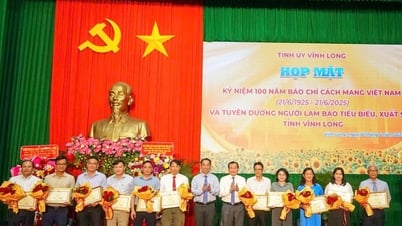

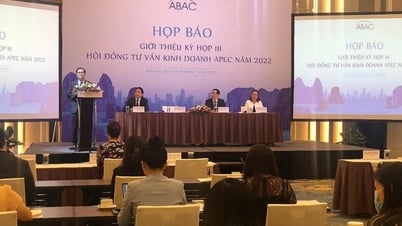











































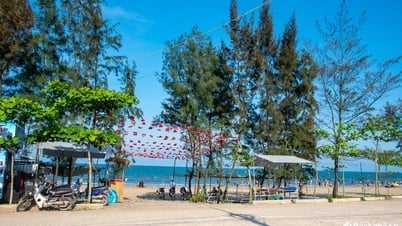
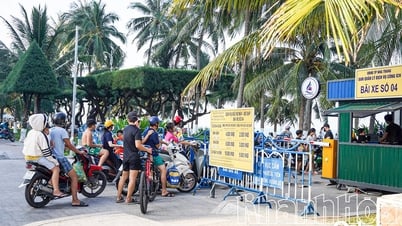



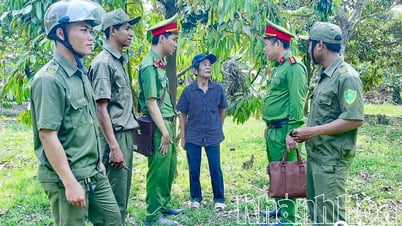














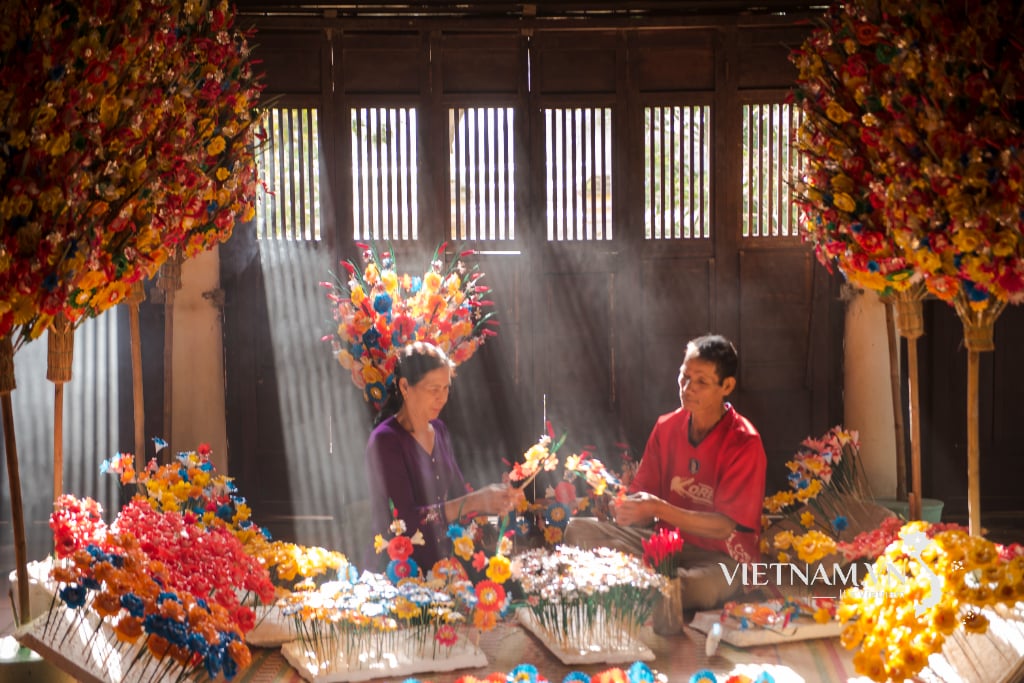

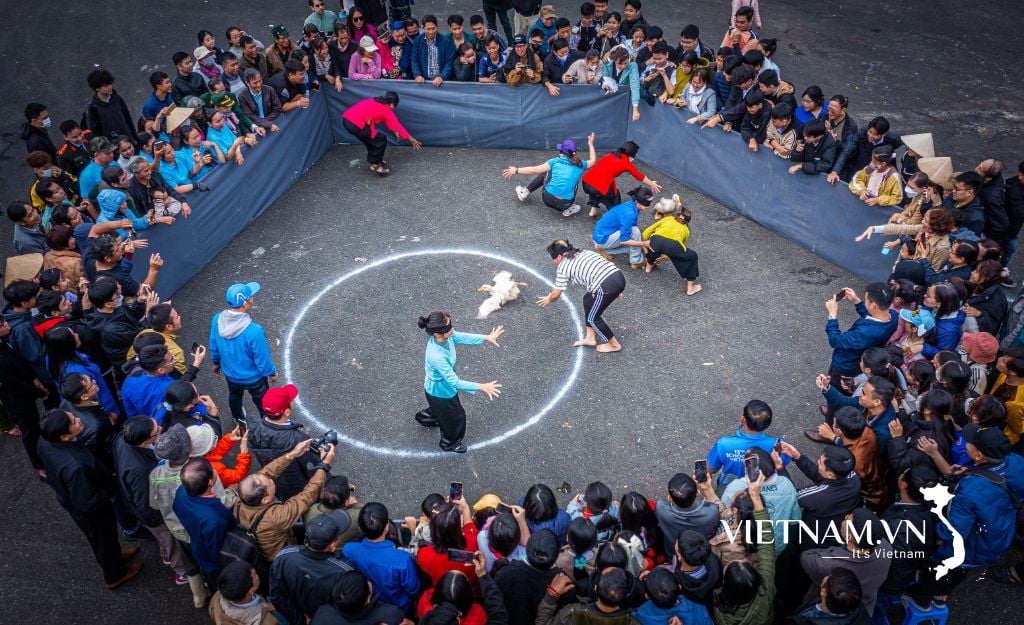
Comment (0)